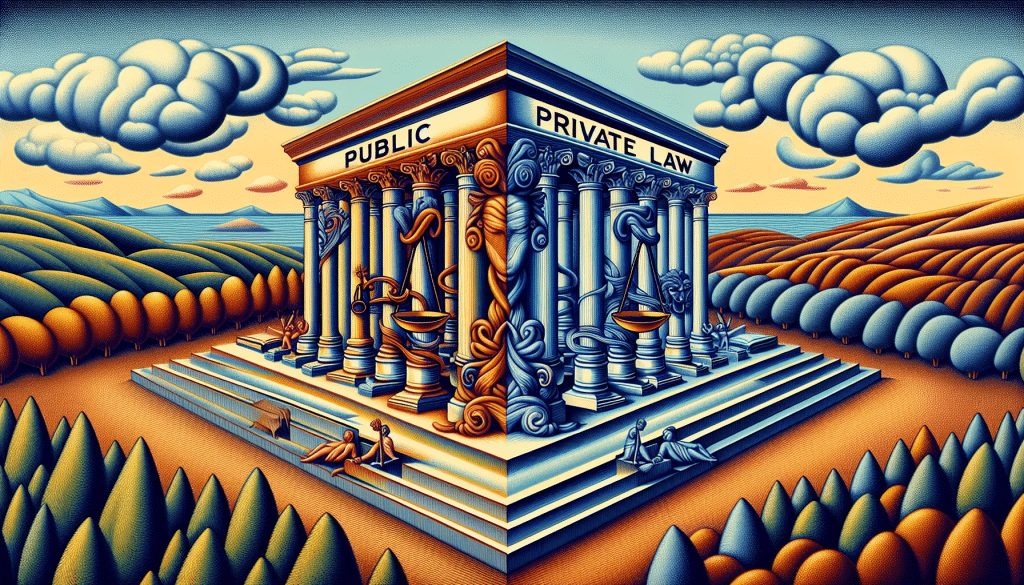1929 Wall Street Crash – Lessons learnt from this

The 1929 Wall Street Crash, also known as Black Tuesday, was a devastating event in United States history that marked the beginning of the Great Depression. This significant financial crisis saw the stock market plunge, leading to widespread economic hardship and job losses. Examining the causes and consequences of this crash can provide valuable insights and lessons that can help prevent similar disasters in the future.
Analysis of the 1929 Wall Street Crash
The 1929 Wall Street Crash was primarily caused by a combination of factors, including excessive speculation, overvalued stocks, and a lack of regulation in the financial markets. Many investors were buying stocks on margin, meaning they were borrowing money to invest in the hopes of making quick profits. When the stock market began to decline, these investors were forced to sell their stocks at a loss, leading to a downward spiral that ultimately resulted in the crash.
The aftermath of the crash was severe, with millions of Americans losing their jobs, savings, and homes. The banking system was also severely impacted, with many banks failing as a result of the crisis. The government responded with measures such as the New Deal, which aimed to stimulate the economy and provide relief to those affected by the crash. These efforts eventually helped to stabilize the economy and prevent a complete collapse.
Key Lessons from the Historic Crash
One key lesson learned from the 1929 Wall Street Crash is the importance of regulation in the financial markets. The lack of oversight and regulation in the lead-up to the crash allowed for risky behavior and speculation to go unchecked, ultimately contributing to the crisis. Implementing and enforcing regulations that promote transparency, accountability, and stability in the markets can help prevent similar disasters from occurring in the future.
Another important lesson is the danger of excessive speculation and leveraging in the markets. The practice of buying stocks on margin and taking on excessive debt to invest can amplify losses in times of market downturns, as seen in the 1929 crash. Investors and financial institutions must exercise caution and prudence in their investment strategies to avoid excessive risk-taking that can lead to catastrophic consequences.
In conclusion, the 1929 Wall Street Crash serves as a stark reminder of the dangers of unchecked speculation, overvaluation, and lack of regulation in the financial markets. By learning from the mistakes of the past and implementing measures to promote stability and transparency, we can help prevent similar crises from occurring in the future. It is crucial for investors, policymakers, and regulators to work together to ensure a resilient and sustainable financial system that can withstand economic shocks and protect against another devastating crash.
===OUTRO:





















Responses